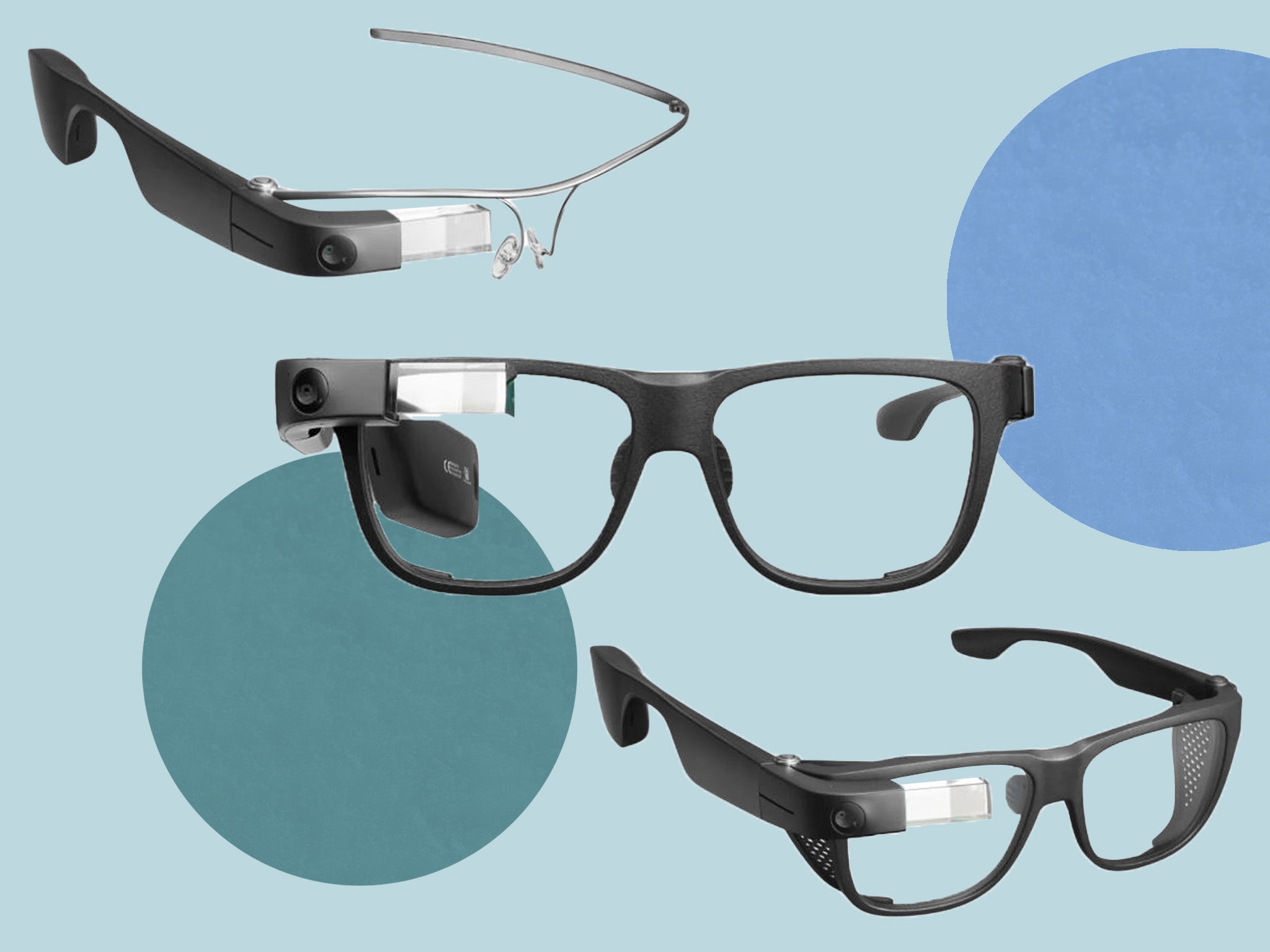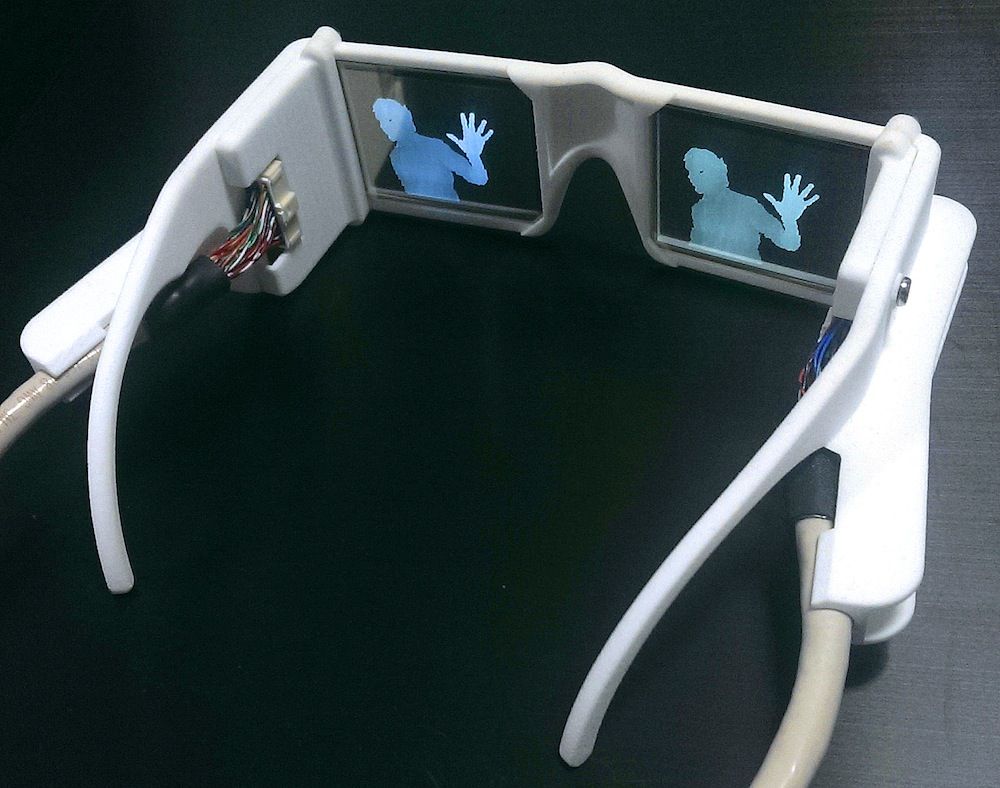Mobility Aids for Visually Impaired Users: Enhancing Independence and Navigation
Wiki Article
Discover Advanced Assistive Tools for People With Aesthetic Disabilities
The landscape of assistive modern technology for individuals with visual problems is progressing swiftly, presenting a range of ingenious tools that enhance autonomy and engagement. From smart glasses that effortlessly merge visual input with acoustic assistance to sophisticated navigating applications that redefine spatial recognition, these tools are improving possibilities.Smart Glasses Innovations
Smart glasses stand for a substantial improvement in assistive technology for people with visual impairments. These ingenious gadgets incorporate different features designed to enhance the user's interaction with their atmosphere. Furnished with sensing units and cams, wise glasses can catch real-time visual info, which is after that processed and conveyed to the customer through audio comments or haptic sensations. This capability enables people to receive instant descriptions of their surroundings, enhancing their ability to involve and browse with the globe.
Furthermore, advancements in man-made intelligence have additionally boosted the capabilities of smart glasses. Device learning algorithms can acknowledge faces, read message, and determine things, making them very useful devices for everyday jobs. Users can get acoustic hints that offer context regarding their atmosphere, fostering independence and self-confidence.
Furthermore, the ergonomic style and light-weight nature of many smart glasses make them ideal for prolonged use, guaranteeing convenience while boosting capability. As these gadgets proceed to evolve, they hold the potential to revolutionize the method people with aesthetic impairments experience their every day lives, connecting the void between access and modern technology. The ongoing r & d in this area guarantee to broaden the opportunities for wise glasses, making them a necessary element of modern assistive devices.
Navigation Application and Equipment
Countless navigating applications and devices have actually become essential resources for individuals with aesthetic impairments, dramatically improving their capacity to traverse unknown settings. These modern technologies take advantage of GPS capability, audio signs, and real-time information to provide individuals with precise navigating support.One noticeable instance is the Aira app, which connects users to skilled agents that can give aesthetic summaries of environments and navigation advice through a live video feed. This service boosts the user's spatial awareness and self-confidence while navigating. Another noteworthy tool is Seeing Eye GPS, which uses voice-guided navigating and sights, making it possible for customers to accessibility vital info regarding their environments.

As innovation remains to breakthrough, the growth of extra sophisticated navigating devices guarantees to more encourage individuals with visual problems, assisting in smooth wheelchair and combination right into varied atmospheres. Such developments contribute in advertising a more inclusive culture.
Braille Modern Technology Developments
In current years, developments in Braille technology have considerably changed how individuals with aesthetic disabilities gain access to details and involve with the globe around them. The development of portable Braille displays has actually reinvented analysis by allowing individuals to link wirelessly to computers, tablets, and smartphones. These devices convert message right into Braille in real-time, making it possible for seamless communication with digital web content.
Additionally, cutting-edge Braille printers have arised, boosting the production of responsive products. Modern embossers are quicker and more efficient, enabling the fast creation of Braille papers and educational products. This effectiveness decreases the time and expense related to producing Braille sources, making them more available to colleges and organizations.
In addition, the combination of Braille with other modern technologies, such as synthetic knowledge and maker learning, has actually opened up new opportunities for personalized discovering experiences. Voice recognition and synthesis modern technologies can complement Braille, supplying a comprehensive approach to information dissemination.
As the need for comprehensive education and workplace atmospheres expands, these technological improvements play an important duty in encouraging individuals with visual impairments, ensuring they have equivalent accessibility to details and opportunities in various elements of life.
Wearable Instruments for Independence
A growing range of wearable tools is enhancing freedom for people with visual impairments, using cutting-edge solutions that improve navigating and day-to-day living. Braille displays and notetakers. These tools make use of innovative modern technologies to provide real-time responses and assistance, advertising autonomy in various environments
Wearable innovation additionally includes smartwatches that can be set with access attributes, allowing individuals to receive alerts, track their locations, or perhaps ask for support with the touch of a switch. Moreover, some tools include fabricated intelligence to examine the setting, offering audio descriptions of nearby items or individuals.
Voice-Activated Assistive Solutions
Leveraging voice-activated assistive remedies has transformed the landscape of assistance for individuals with aesthetic have a peek here disabilities, giving hands-free interaction and access to a selection of jobs. These technologies utilize natural language handling and expert system to make it possible for users to carry out everyday tasks via easy voice commands.
Moreover, current advancements in voice recognition accuracy have enhanced the individual experience dramatically, fitting varied accents and speech patterns. This inclusivity ensures that even more individuals can take advantage of these technologies, fostering a greater feeling of freedom.
Conclusion
To conclude, the growth of sophisticated assistive tools substantially enhances the self-reliance and high quality of life for individuals with aesthetic disabilities. Advancements such as smart glasses, navigating apps, Braille innovation, wearable tools, and voice-activated services collectively cultivate an even more comprehensive setting. These modern technologies empower customers to navigate their environments with confidence and involve more completely with the world, eventually promoting higher access and level playing fields for individuals encountering visual challenges.The landscape of assistive modern technology for individuals with aesthetic impairments is developing rapidly, presenting an array of ingenious gadgets that improve freedom and engagement.Smart glasses represent a substantial innovation in assistive modern technology for individuals with aesthetic problems. As these gadgets proceed to advance, they hold the possible to reinvent the method people with aesthetic problems experience their day-to-day lives, linking the space between availability and innovation.In recent years, innovations in Visit This Link Braille technology have actually dramatically transformed how individuals with visual impairments accessibility info and involve with go to this site the globe around them. These technologies empower individuals to navigate their surroundings with self-confidence and engage even more completely with the world, eventually promoting higher ease of access and equivalent opportunities for individuals dealing with visual obstacles.
Report this wiki page